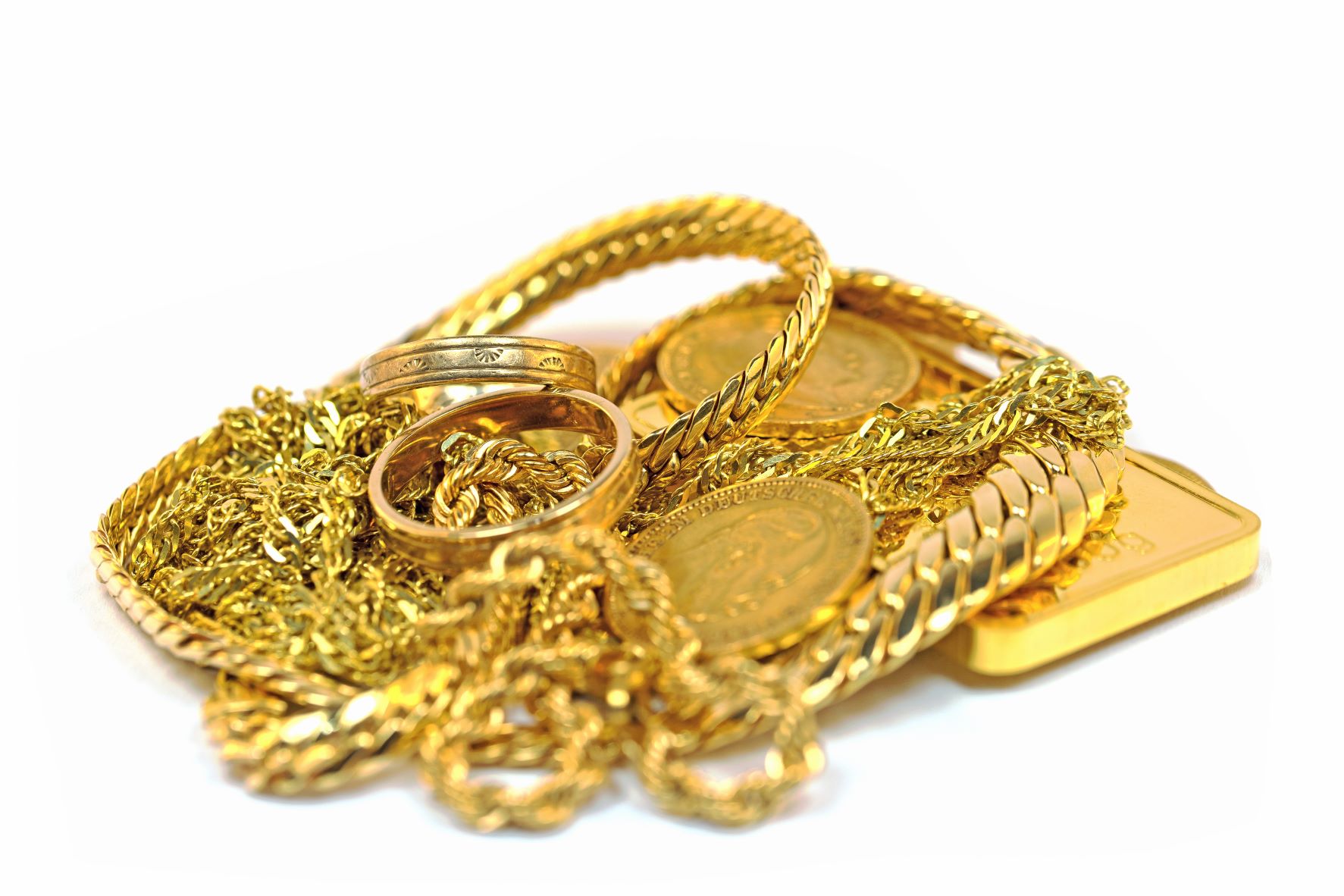Uncovering the Process of Bullion from Ore Mining to Trade Distribution
Wiki Article
Gold has been a coveted asset for numerous of years, treasured not only for its lustre but also for its usefulness in various sectors. The course of gold begins with mineral procurement, a procedure that involves recovery. Miners explore for gold concentrations in the earth, which can be found in different shapes such as nuggets or grains combined with other minerals. There are several methods of mining, including placer mining and hard rock mining. Placer mining involves extracting gold in alluvial deposits, while hard rock mining requires digging deep into the ground to remove gold-bearing rocks. Both methods can be labor-intensive and require careful management to be successful.
Once the rock is extracted from the ground, it must be refined to separate the gold from other substances. This operation usually starts with crushing the ore into small pieces, making it easier to work with. After grinding, the ore is subjected with chemicals to separate the gold. One common approach is using cyanide, which combines with gold and allows it to be extracted from other minerals. This step is essential because it increases the concentration of the gold and conditions it for further processing. The remaining residues are discarded as tailings, which must be controlled properly to avoid environmental harm.
After the gold is isolated from the ore, it goes through treatment to achieve a higher level of purity. This step often involves fusing the gold at high temperatures to remove foreign materials. Various procedures can be used for refining, including electrolysis and furnace refining. Electrolysis uses electrical energy to separate impurities from pure gold, while cupellation involves subjecting gold in a oxidizing furnace that oxidizes unwanted substances. The final product is typically 99.9% refined gold, ready for use in ornaments, technology, and other purposes.

Once refined, gold is fabricated into bars or coins before being shipped to markets around the world. Gold ingots are commonly used by investment firms as a form of financial asset or monetary reserve. Coins are often manufactured for collectors or general exchange, depending on their design and scarcity. Sales networks include wholesalers and dealers who sell gold goods to consumers. The value of gold shifts based on market demand and supply elements, impacting how it is sold and traded globally.
The entire path of gold from mineral extraction to market distribution highlights the click here to read sophistication of this precious metal's production cycle. Each step requires expertise and expertise to ensure that the final output meets specifications and meets buyer expectations. Understanding this path not only clarifies how valuable resources are acquired but also reinforces the importance of responsible mining practices that safeguard both workers and the planet. As demand for gold continues around the globe, acknowledging this sequence ensures navigate to this site that we recognize its value beyond mere appearance, highlighting its importance in our global infrastructure and human experience.